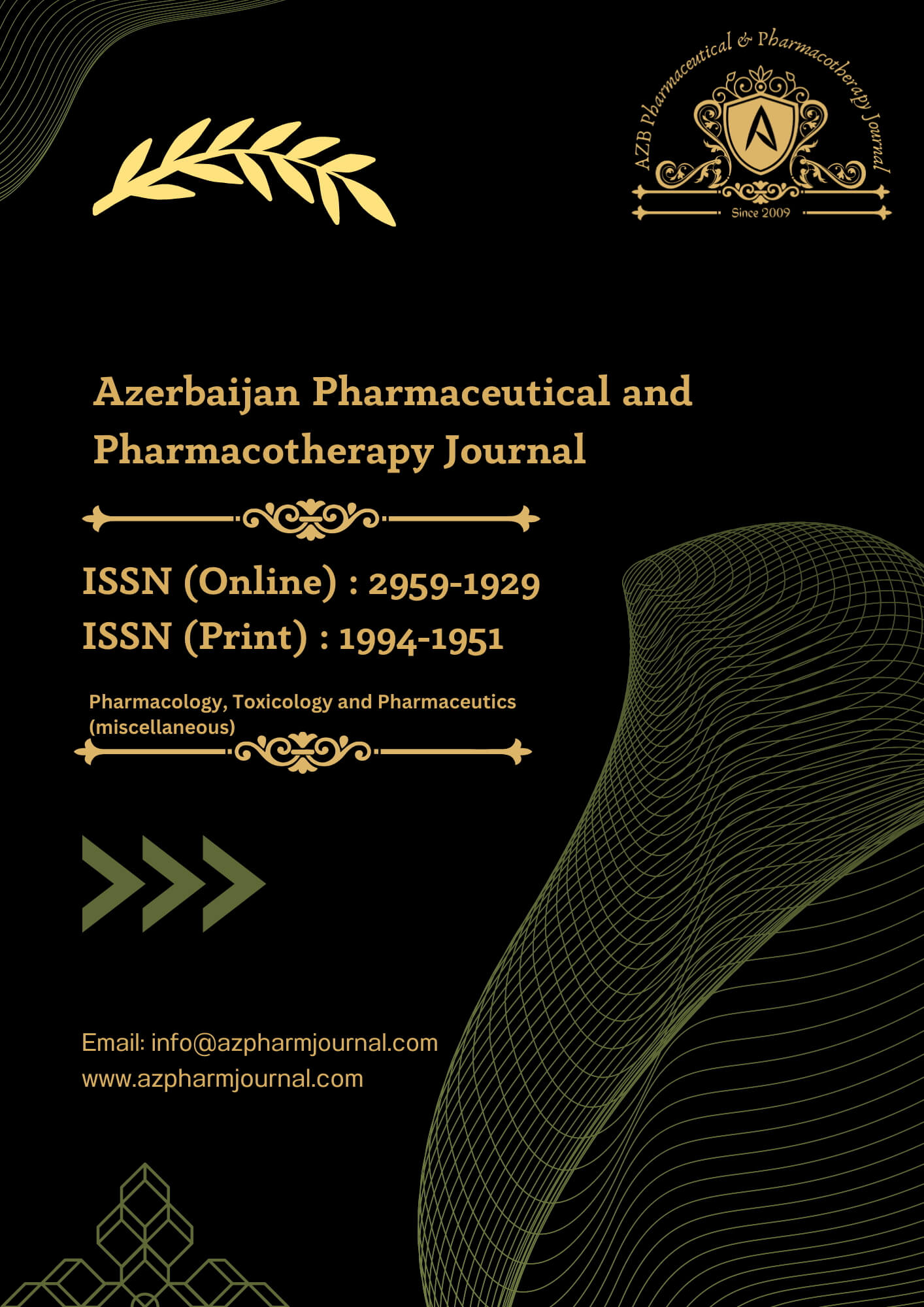2. Materials and Methods
In this pilot case series, simple phacoemulsification cataract surgery was carried out on a total of 36 eyes belonging to 25 patients using the EDOF IOL (LUCIDIS EDOF IOL, SAV-IOL SA, Route des Falaises 74, Neuchatel, Switzerland). The EDOF IOL (LUCIDIS EDOF IOL, SAV-IOL SA, Route des Falaises 74, Neuchatel, Switzerland) was employed during the process. Every single victim was a citizen of Switzerland. During their preoperative appointment, every patient was given the proper research information, and their agreement to participate in the study was obtained in line with the Declaration of Helsinki. The institution’s ethics committee approved the study project.
Patients with cataracts, presbyopia, or presbyopic astigmatism who wish to avoid wearing glasses were required to have a projected post-operative astigmatism of 1.02 diopters or less to be eligible for the experiment. Patients with presbyopia with astigmatism were not required to do this. For some reasons, including past ocular surgery, current or systemic ocular illness, corneal astigmatism, iris abnormalities, and a family history of glaucoma, uveitis, or retinal issues, participants were rejected from the study. All of the patients underwent thorough preoperative ophthalmological exams, which included, among other things, manifest refraction, infrared pupillometry, indirect ophthalmoscopy, corneal topography and pachymetry, slit-lamp examination, Goldmann applanation tonometry, optical biometry and keratometry (LENSTAR, Switzerland), and other tests. In addition to those times, every patient was examined the day following surgery, one month after, and three months after. Tonometry, a biomicroscopic evaluation of anterior segment integrity, assessments of monocular uncorrected distance and near visual acuity (respectively at 40 cm), and a thorough eye examination were all performed on the postoperative day. Patients who underwent surgery underwent a comprehensive eye examination three months after therapy. Slit-lamp biomicroscopic examination, manifest refraction, measurement of the monocular CDVA and DCNVA, and evaluation of the defocus curve in one eye are all included in this test. This exam was designed to determine the patient’s functional recovery level. The patient had these procedures to have their functional abilities assessed. When the patient wore the sphere cylindrical refraction that provided them with the clearest distance vision, their defocus curve was documented using five-meter Snellen charts. Their visual acuity was measured before and after the patients received defocus in increments of 0.5 D, ranging from +0.52 D to -3.52 D. Once the data had been acquired, it was shown as a Cartesian graph, with the y-axis denoting the highest visual acuity and the x-axis representing the degrees of defocus.
The same highly competent surgeon used the sutureless microincision phacoemulsification technique to complete each procedure. After giving mydriatic drops and local anaesthetic, the doctor began the procedure by making a surgical incision in the cornea’s temporal region. Finally, the corneal flap started to form on its own. The creation of a manual capsulorhexis followed phacoemulsification. The intraocular lens (IOL) was then placed into the capsular bag through the primary incision using a 2.8-millimetre injector given by the business.
After the surgery, the patient was given an antibiotic and steroid cream to apply to the wound on a four-by-four schedule for seven days. The length of the extended depth of focus (EDOF) intraocular lens (IOL), a one-piece device, depends on how much power it contains. A 6.0-millimeter aspheric optic is also available. It includes four-point fixation haptics and a 360-degree continuous square posterior optic border. It has also been changed to improve the adherence of the zero-degree capsular bag. It is constructed of hydrophilic acrylic with a 1.459 refractive index.
A unique transition zone links the extended depth of field (EDOF) core zone of intraocular lenses (IOLs) to the mono-focal optical periphery. The area produces primary and secondary spherical aberrations with opposing signs, enhancing the field depth. The maker of this IOL concluded that the A-constant should have a value of 118.0. The power of the IOL was calculated in this investigation using the Barrett Universal II (BU-II) formula. The calculations assumed that the dominant eye would have an emmetropia refractive defect and the non-dominant eye would have a modest degree of myopia, around 0.50 diopters.
